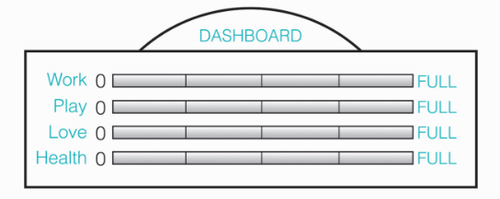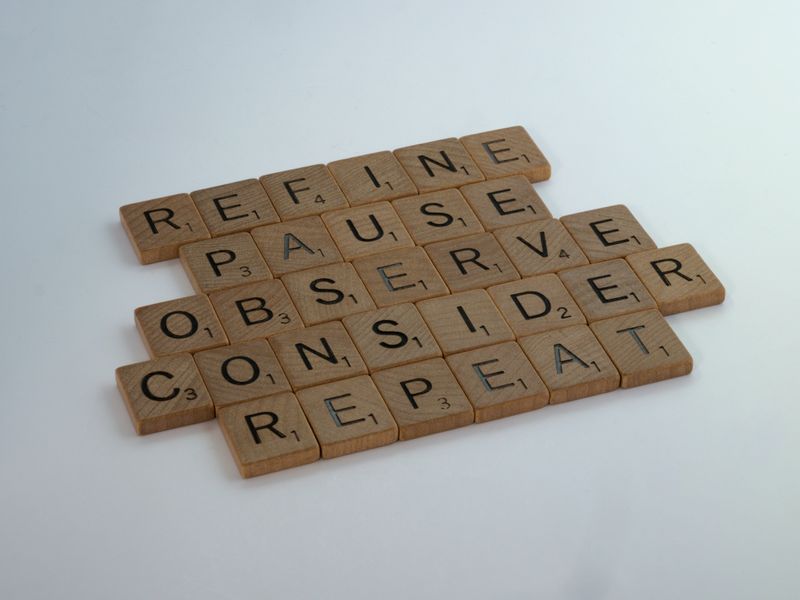
This logo isn't an ad or affiliate link. It's an organization that shares in our mission, and empowered the authors to share their insights in Byte form.
Rumie vets Bytes for compliance with our
Standards.
The organization is responsible for the completeness and reliability of the content.
Learn more
about how Rumie works with partners.
Can you guess what the most popular elective classes are at Stanford?

A class called Designing Your Life — which shows students how to use design thinking to build a fulfilling life — is at the top of the list .
The Designing Your Life approach taught at Stanford involves four key steps :
Get curious
Talk to people
Try stuff
Tell your story
You can use these steps to move toward a more fulfilling university experience, especially if you're not having a great time in your first year.
Did you know?
Get Curious
If you're not happy at university, consider what you can do to feel better.
Create a dashboard with four gauges:
Work
Play
Love
Health

How full is each gauge in your life at the moment?
Note your reflections. It's fine if not every gauge is at 100%. The goal isn't to be perfect, it's to be mindful of where you are today.
Once you have your dashboard, think of an area you might improve and one small thing you might do to improve it. This is called "creating a prototype" in design thinking.
Quiz
Barry creates a dashboard and finds that his health gauge is low. What small thing can he try to improve his health? Select all that apply.
These prototypes are all small experiments Barry can do to try to improve his health. He'll test out these prototypes to see if they actually help improve his health.
Did you know?
Talk To People
Once you know what area of your dashboard you want to improve, find people you think are successful in the area of the dashboard that you're trying to improve.
For example, maybe your work gauge is low and you want to try to increase it by finding a job where you can apply what you're learning at university.
Consider whether you know anyone who's already in a job that relates to their field of study, or who has been in the past. Can you ask them to share their story with you?

Did you know?
Try Stuff
Now it's time to jump in and test your prototype!

For example, maybe your goal is to improve your "play" gauge by making new friends. Your prototype is to go to at least one university club meeting each week.
In this step, you need to go to those meetings to see if you're actually able to make new friends there.
Did you know?
Tell Your Story
Once you've tested your prototype, can you tell a story about the process of getting curious, talking to people, and trying stuff? Doing this will help you:
Get clarity on what you learned
Figure out if a different prototype might lead to a better outcome
Share your story to help others
 Photo by S O C I A L . C U T on Unsplash
Photo by S O C I A L . C U T on UnsplashQuiz
Barry wants to document his experiences with healthy eating. What can he do to tell his story?
Anything you can do to record your experiences will help you (and others) decide if your prototypes led to improvements.
Take Action
Once you've finished the steps above, it's time to start again because the process of designing your life is iterative — a cyclical process that helps you get clarity through repeating the same steps with small changes each time.
 Photo by Brett Jordan on Unsplash
Photo by Brett Jordan on UnsplashTo feel more satisfied with your choice to attend university:
This Byte has been authored by
Monica Giannobile
Learning Designer